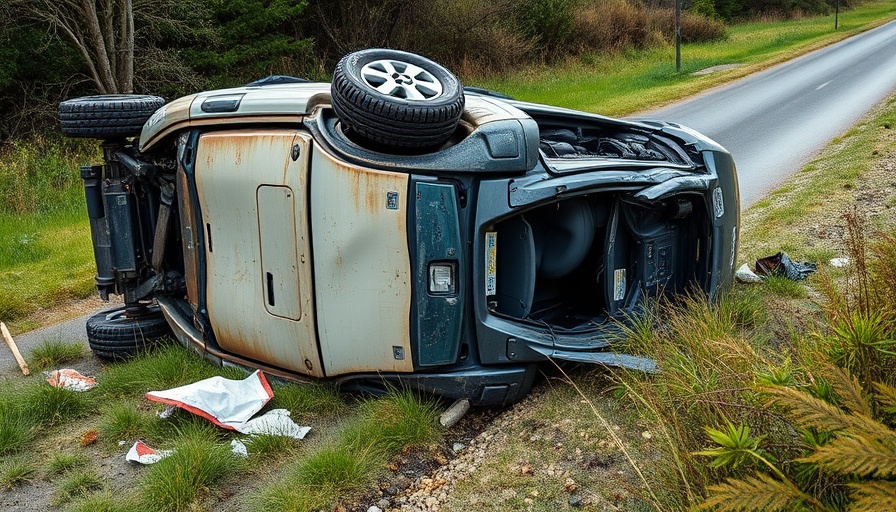
California's Dangerous Driving Crisis: A Failure in Regulation
Every day, Californians face the harsh reality of reckless driving on their roads. Instances like that of Ivan Dimov, who was driving under the influence after a shocking history of DUIs, present a troubling picture of how the state's Department of Motor Vehicles (DMV) operates. In 2013, after fleeing police and facing multiple DUI charges, Dimov's license was reinstated just a few years later. The pattern continues across the state, with numerous drivers like Kostas Linardos and Ervin Wyatt, demonstrating that California's system allows dangerous drivers to remain on the roads, often leading to tragic outcomes.
It’s not just isolated incidents; a CalMatters investigation reveals a systemic issue within the DMV and the state's approach to road safety. Alarmingly, nearly 40% of individuals charged with vehicular manslaughter since 2019 still possess valid driver’s licenses. This statistic raises crucial questions regarding public safety and regulatory effectiveness. Are the requirements for retaining a license too lenient? Should driving be reconsidered as a right?
The Cost of Keeping Dangerous Drivers on the Road
The consequences of allowing these drivers to keep their licenses are devastating. For families like that of the 28-year-old man killed by Dimov, each incident represents not just a statistic, but profound loss and grief. Families affected by such tragedies weep for the systemic failures that allow individuals with comprehensive histories of reckless driving to remain on the roads.
California’s DMV seems to prioritize the convenience of drivers over public safety, evident from its handling of driver reinstatement cases. Lawmakers are now under pressure to find solutions, but the question remains: How can they ensure that those who pose a threat to public safety are held accountable?
Seeking Solutions for Safer Streets
The recent incidents have sparked intense discussions among lawmakers in Sacramento about the need for stricter regulations around licensing, particularly for repeat offenders and those with serious driving violations. Legislative changes might include enhanced monitoring of repeat offenders, mandatory educational programs for reckless drivers, and an overhaul of how the DMV evaluates driving histories before issuing licenses.
Law enforcement experts suggest that communities should also adopt more robust road safety education programs aimed at all drivers. By increasing awareness about the dangers of reckless driving, communities in North County San Diego can work towards reducing traffic-related fatalities.
Raising Awareness: The Role of Community in Road Safety
Understanding the context of such tragic events is crucial for North County residents. Public awareness campaigns, community discussions, and collaborations with local law enforcement can foster a culture of responsibility on the road. Residents should advocate for stricter laws that make it harder for dangerous drivers to stay licensed.
This is not just about individual rights; it’s about the collective responsibility we share to ensure safe streets for ourselves and our families. As North County San Diego residents engage with their local representatives, they can push for meaningful reforms that prioritize public safety and wellbeing.
Final Thoughts: A Call to Action for Residents
California's approach to dealing with dangerous drivers can no longer be ignored. The consequences of current leniencies echo through the stories of victims and their families. If North County residents want safer roads, they must stay informed and active, pushing their representatives to take bold actions to rectify this pressing issue. It’s time we demand accountability and change from those in charge.
 Add Row
Add Row  Add
Add 




 Add Row
Add Row  Add
Add 

Write A Comment